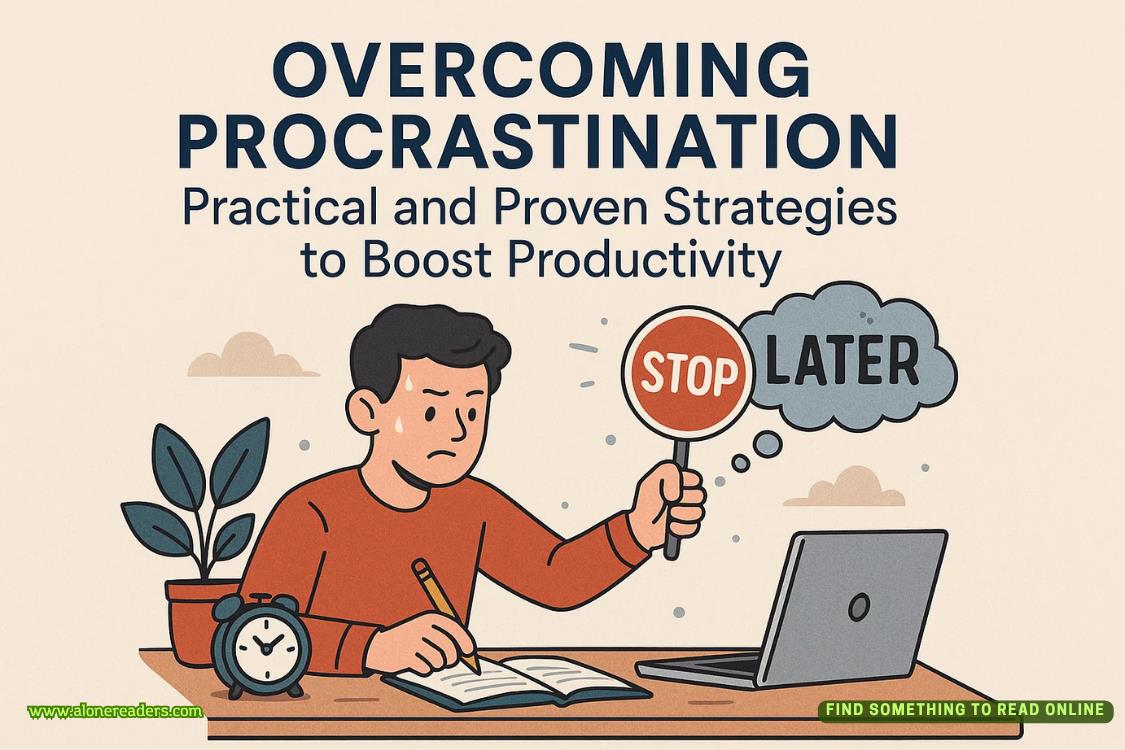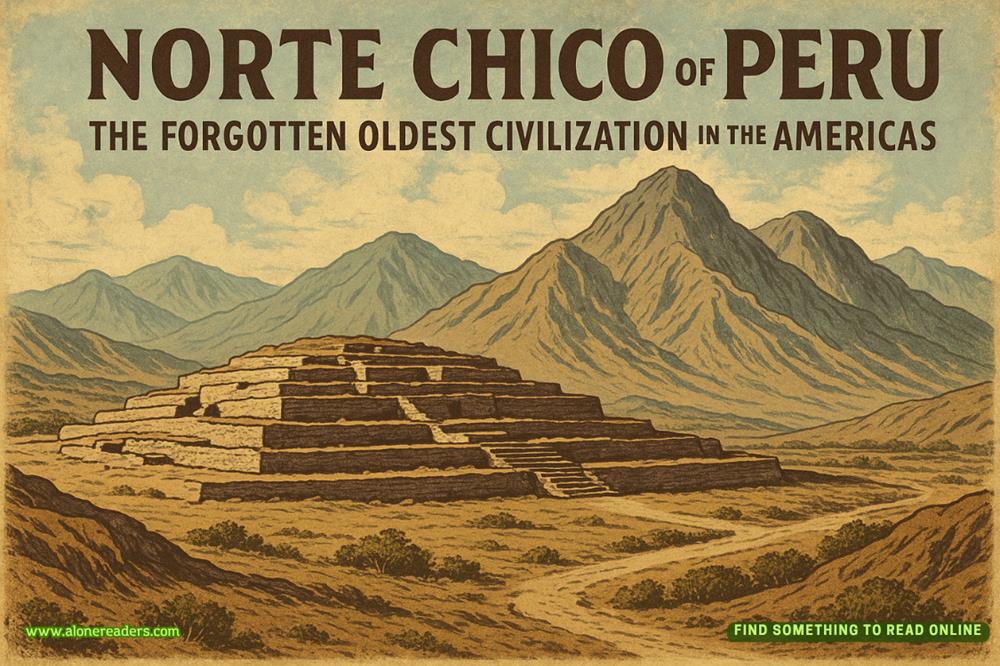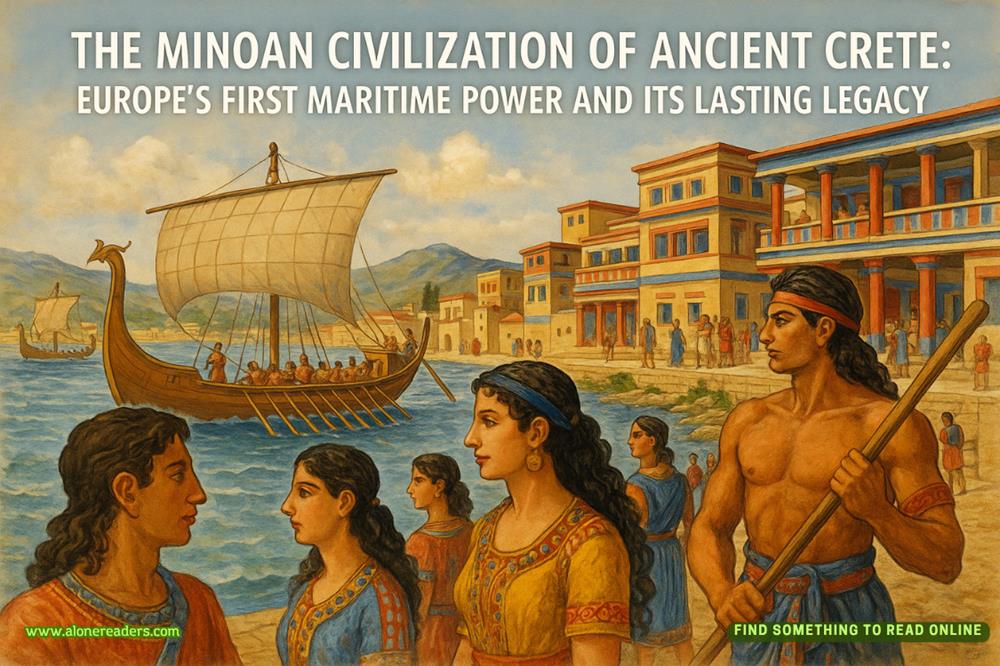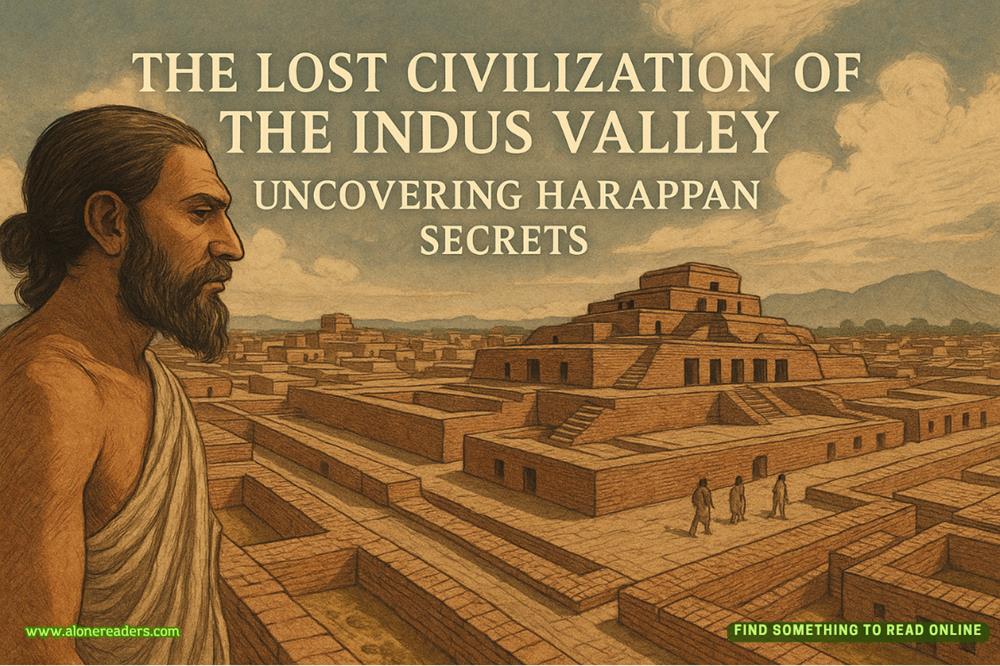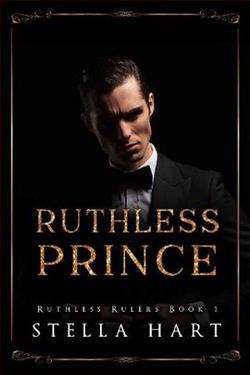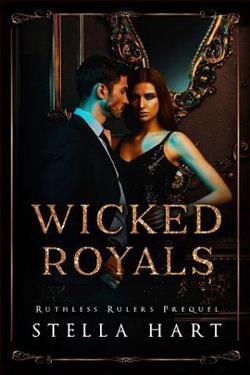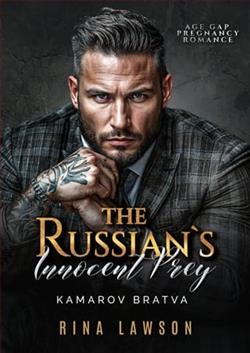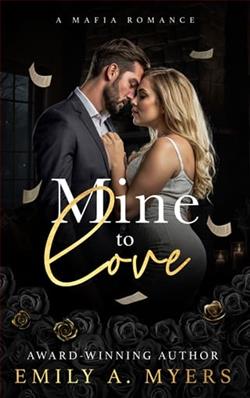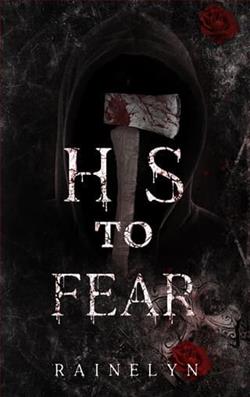Page 47 of Hang on St. Christopher
That was how they competed with Savile Row—instead of undercutting London, they made their suits even more expensive and thus even more exclusive.
An unctuous balding young man intercepted us a third of the way into the shop. He could tell by our shoes alone that we had come to the wrong place.
“How can I help yougentlemen?” he asked in an ill-mannered, passive-aggressive tone that I didn’t like one bit. You can fuck with me until the cows come home, but no one looks at my comrade in arms, DS John McCrabban, and puts a skeptical underscore on the word “gentlemen”—not on my goddamn watch.
“Detective Inspector Sean Duffy, Carrickfergus CID. I’m investigating the murder of one of your clients,” I said, all business.
“And?”
“We have a name that is probably an alias, but it occurred to me that your tailor might recognize the cut of this particular jacket and, if he did, who this jacket was cut for.”
The unctuous young man quivered for a moment. “I’ll get Mr. Andre.”
“Yeah, do that.”
Mr. Andre appeared from a back room. He vibed mean-spirited old git from the permanent purse of his lips. He had gelled salt-and-pepper hair, and a thick crease that ran across his brows as if from years of having to look at the fashion sense of his fellow Dubliners on public transport. He was about sixty now, but you knew he’d live till he was a hundred on pure spite alone. “Which one of you is the policeman?” he asked in a posh South Dublin accent.
“We’re both policemen,” I said. “I’m Inspector Sean Duffy of Carrickfergus CID.”
“And what do you want?”
I showed Andre the Polaroid of the dead man. “I know it’s not a very good photograph, but I was wondering if you recognize this man. He was going by the name of Quentin Townes.”
Mr. Andre shook his head. “I can’t say that I do.”
“He was probably a customer of yours,” I insisted.
“We have so many customers.”
“How many?”
“There are about two thousand people in our books. Quentin Townes? Hold on a sec...”
He darted into a back room and came back shaking his head.
“I’m sorry,” he said.
“All right. Look, I know it’s a bit of a long shot, but I was wondering if any of your tailors would recognize the stitching or any other sort of distinguishing mark on this particular jacket. You’re the experts, aren’t you? It would be really helpful.”
Mr. Andre examined the jacket, and a little frown of recognition further knitted his brows for a moment.
“Hmmmm,” he said.
“Does it look familiar?”
“Perhaps.”
“Wow, you’re good. You’re maybe the only man in Dublin who could have helped us!” I said because, you know, sometimes flattery works.
“I’ll ask Francis to step out. He’s our tailor in chief,” he said.
He went back behind the curtain, and we heard him yell, “Frankie! We need ya, so we do!” in a decidedly unposh West Belfast accent.
Frankie was a mole-like little man with thick black specs and a mess of curly gray hair. He was wearing a rumpled yellow shirt with brown slacks and black shoes. If they let him look and dress like that in this place, I reasoned, he must be very good at his job.
I showed him the jacket and asked if he could identify it.
Frankie grinned. “Your instincts were right, Inspector Duffy. Every jacket, every waistcoat, every trouser is unique,” he said cheerfully in another West Belfast accent. He held a sleeve up to the light, and his smile broadened. “And yes, this is my work. Definitely. I used the 1947 Singer on this one. Oh, yes indeed.”

